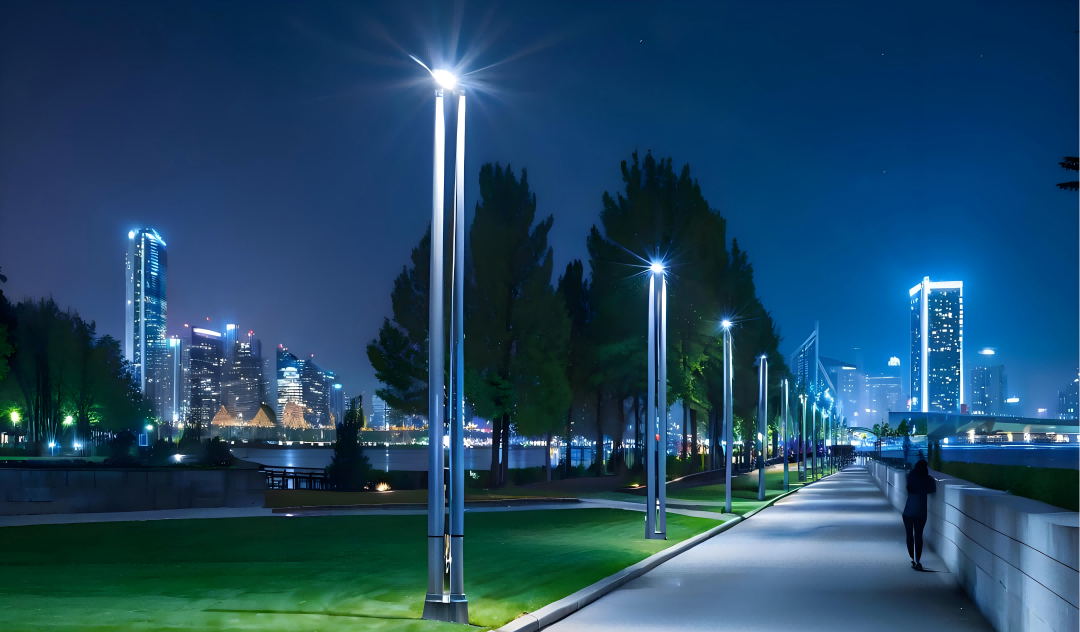With accelerating urbanization and growing energy constraints, the high energy consumption of traditional high-pressure sodium (HPS) lamps has become increasingly problematic. Statistics show that urban public lighting accounts for approximately 4% of China's total electricity generation, with streetlights being the primary contributor. Implementing energy-saving retrofits for streetlights has become an imperative for sustainable urban development.
Conventional HPS lamps are notoriously inefficient. A 250W HPS lamp consumes over 1,000 kWh annually, whereas modern LED streetlights can achieve equivalent illumination with just 100W, delivering immediate energy savings. In a 2019 retrofit project, a provincial capital replaced 50,000 HPS lamps with LED fixtures, achieving annual savings of 40 million kWh—equivalent to reducing standard coal consumption by 16,000 tons.

Intelligent control systems represent another core technology. By installing individual lamp controllers and centralized management platforms, cities can implement demand-based lighting, remote dimming, and other smart functions.
Technical standardization is critical during implementation. Products should comply with China's "Energy Efficiency Limits and Grades for LED Streetlights," with color temperatures controlled between 3,000K and 5,000K to prevent light pollution.
The benefits extend beyond economics, well-planned retrofits can deliver economic, social, and environmental wins.
Looking ahead, 5G and IoT technologies will enable smart poles integrating environmental monitoring, security cameras, and other functions, multiplying the value of energy-saving retrofits.


 Energy Efficiency: How Remote-Controlled Street Lights Reduce Power Consumption
Energy Efficiency: How Remote-Controlled Street Lights Reduce Power Consumption
 Remote Control vs. Manual Control of Street Lights: A Comparative Advantage Analysis
Remote Control vs. Manual Control of Street Lights: A Comparative Advantage Analysis
 Lower Maintenance Costs with Smart Street Light Monitoring
Lower Maintenance Costs with Smart Street Light Monitoring
 Enhanced Public Safety Through Intelligent Street Lighting
Enhanced Public Safety Through Intelligent Street Lighting